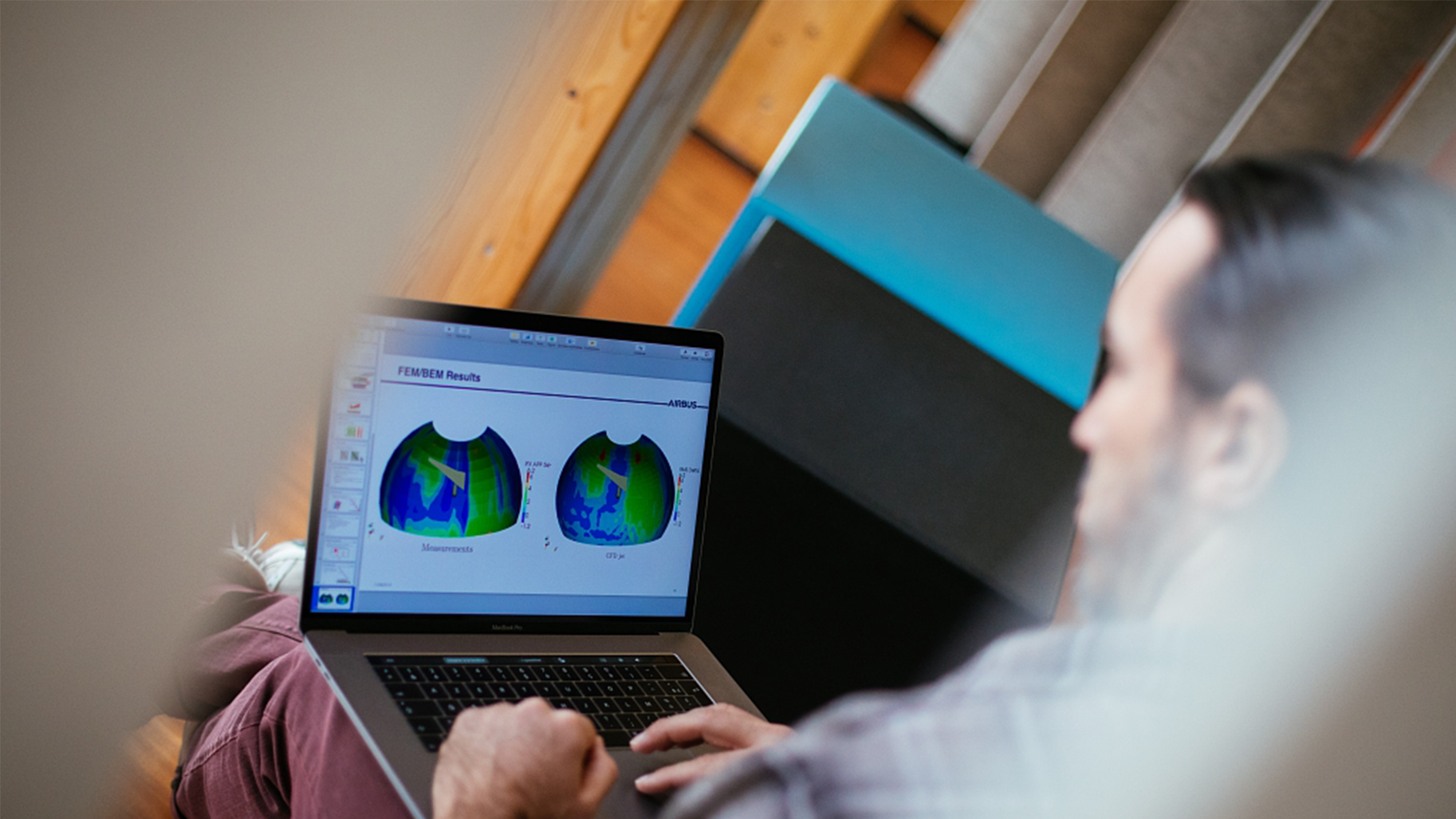Concace: the best HPC algorithms for numerical simulation
Date:
Changed on 09/02/2023

A new joint project-team has just been created: Concace (for numerical and Parallel Composability for High Performance Computing) was officially launched in early September 2022. Inria has teamed up with a leading French industrial company, Airbus, and a research and expertise center in high-performance computing (HPC), Cerfacs, to develop new approaches useful for numerical simulation.
Whether it's predicting climate change, optimizing aircraft design, simulating surgery, studying the properties of matter - or even predicting the characteristics of gravitational waves - there are many applications of HPC to numerical simulation. Based either on a mathematical model, which describes the behavior of a complex system (such as the atmosphere and the oceans) or an elementary system (such as a mechanical component), or on a set of data - derived from real or simulated experiments -, numerical simulation uses various mathematical and algorithmic methods to accurately calculate the quantities of interest, for example the speed of air masses or the mechanical stresses in a part.
Industrial and academic users of HPC are constantly seeing simulation techniques evolve, due to the computational performance of computers or supercomputers, the development of increasingly efficient algorithms, and the development of ever more accurate numerical methods.
Making the most of these innovations, and in particular of the ever-increasing power of computing machines, remains a technical and scientific challenge for HPC theorists and practitioners. To meet this challenge, Concace brings together academic and industrial researchers, HPC experts and long-time partners of the Institute.
Luc Giraud, head of Concace for Inria, explains their research focus: "In HPC, the choice of computer or algorithmic architecture will differ from one application to another depending on the performance to be achieved, for example, if we are looking for the speed of execution of the simulation, the accuracy of the calculation performed, or the optimization of the computer's electricity consumption. Our team's objective is to design versatile software structures that take advantage of the diversity of algorithms and computing tools available in high-performance computing."
The work of Concace, heir to the HiePACS project-team, which was already interested in HPC, will thus make it possible to design HPC applications optimized for the needs of their users. Meteorology and climatology, energy and the environment, medicine and health, science and industry: all of these sectors are increasingly using HPC.
“We offer our customers expertise in numerical simulation and we need the methodological and global approach to HPC that Concace will develop," explains Carola Kruse, team leader for Cerfacs. “We are interested in very different uses of simulation, for example to calculate air flows in a wind farm or in the human trachea, as we are doing with the BSC in Spain, or to simulate the propagation of lightning on an aircraft, as may be required by Onera in France. We therefore want to have versatile and high-performance computing solutions, which is at the heart of the team's research."
Concace will also focus on emerging techniques in numerical simulation, such as the hybridization of computing and machine learning or quantum computing, with the objective of integrating new approaches or anticipating future developments in HPC. For example, aeroacoustic simulation, i.e. the noise generated by the airflow around an aircraft, is a major challenge for Airbus, due to environmental constraints.
“Simulations require precise calculations of complex phenomena, such as turbulence, often at prohibitive costs," explains Guillaume Sylvand, head of Concace for Airbus CRT. “Machine learning techniques can be used to build turbulence models from computational data and significantly reduce computation time. Concace's work will help optimize this type of hybrid technique, for example, by developing tools adapted to data analysis for simulation."
The team will also be looking at future developments in quantum computing, as the tremendous computational power it offers means that HPC algorithms need to be rethought. Although such simulations are not for tomorrow, the researchers remain on the lookout for these technologies: "We believe that the global approach to computing that we are developing will enable us to efficiently implement new computing techniques," explains Luc Giraud.
While Concace's scientific program is ambitious, its objective is also to disseminate the fruits of its research to the HPC community, both in France and internationally. “User feedback is a central point of our research," says Luc Giraud. “It allows us to orient our work in response to the needs of application and tool specialists... and stimulates our thinking!”
The team, which currently has eight permanent members, is expected to grow: its scientific program will not be accomplished without the support of researchers and engineers with varied and complementary scientific profiles and skills. “This diversity is essential to the quality and relevance of our work," concludes Guillaume Sylvand. “And we have taken particular care with the recruitment plan, especially for the software component of our research, which is essential for the dissemination of our algorithms to computing practitioners.” For those who are passionate about numerical simulation, Concace is waiting for them to take up the challenges of the new generation of HPC!